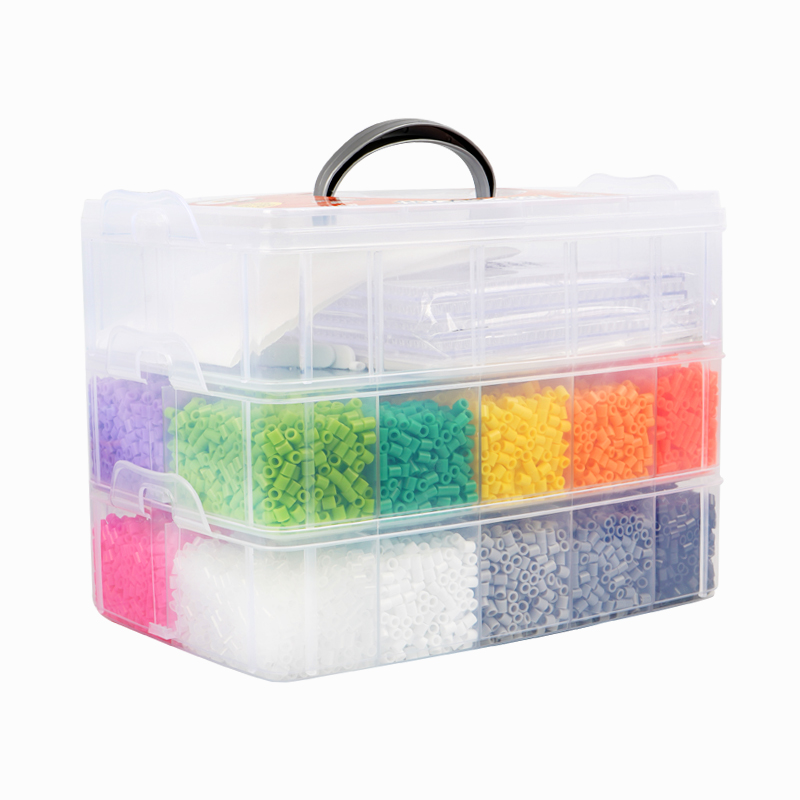Combining Artkal and Perler Beads: A Comprehensive Guide
Can you mix Artkal and Perler beads? This question often arises among craft enthusiasts who enjoy creating unique art pieces using fuse beads. In this article, we will delve into the possibilities and considerations when combining Artkal and Perler beads, exploring the compatibility, differences, and tips for successful integration.

1. Understanding Artkal and Perler Beads
Before exploring the compatibility between Artkal and Perler beads, it's essential to comprehend their individual characteristics.
Artkal beads are renowned for their uniform size, vibrant colors, and extensive range of finishes. They are made from high-quality material, ensuring durability and ease of use. These beads come in various shapes, including mini, midi, and maxi.
In contrast, Perler beads are known for their versatility and widespread availability. They also come in a broad spectrum of colors, sizes, and finishes. Perler beads are compatible with most fuse bead pegboards and are easy to melt using a standard iron.
2. Compatibility and Mixing Tips
While Artkal and Perler beads share similarities, they also have some differences that affect their compatibility when mixed:
- Size: Artkal midi beads are equivalent to Perler regular beads in terms of size. Mixing these two sizes ensures a seamless fit.
- Melting Temperature: Perler beads require a lower melting temperature compared to Artkal beads. It is essential to find a balance when ironing to prevent overheating the Artkal beads or under-melting the Perler beads.
- Color Variation: Although Artkal and Perler beads share many similar colors, slight differences may exist due to variations in manufacturing processes. It is advisable to sort the beads by color before starting a mixed project.
Consider the following tips to achieve successful integration:
- Test Before Mixing: Before embarking on a large project, conduct a small test to ensure the compatibility of Artkal and Perler beads, especially regarding the melting temperature.
- Blend Gradually: Gradually introduce a mix of Artkal and Perler beads into your design. This method allows you to assess the compatibility and make adjustments if necessary.
- Sort and Organize: Sorting and organizing the beads by color, size, and brand can help streamline the mixing process and prevent any inconsistencies in the final design.
3. Expanding Creativity with Mixed Beads
Combining Artkal and Perler beads presents exciting opportunities for increased creativity and unique designs. The ability to utilize a wider color range, different finishes, and varied bead shapes allows for more intricate and detailed creations.
Whether you are a seasoned fuse bead artist or a beginner, experimenting with Artkal and Perler beads opens up a world of possibilities. From intricate patterns and gradients to personalized creations, the combination of these two brands can elevate your artwork to new heights.
Conclusion
While Artkal and Perler beads can be mixed, it is important to consider their compatibility in terms of size, melting temperature, and color variation. By understanding their individual characteristics and following the aforementioned tips, you can successfully integrate Artkal and Perler beads to expand your creativity and create stunning fuse bead art.

